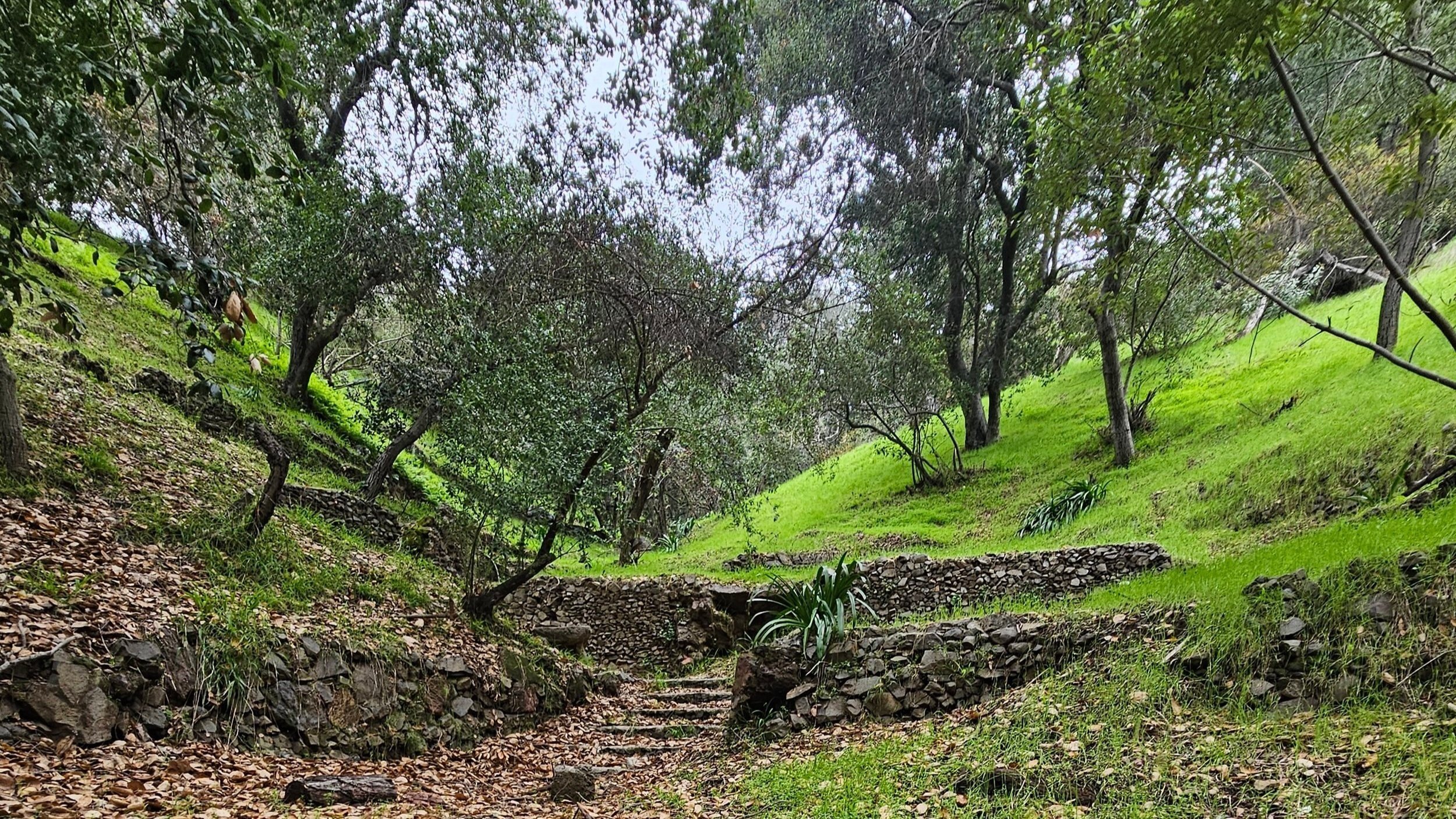Protecting, Restoring, and Rewilding
Habitat Restoration
Habitat restoration is part of CLAW’s commitment to protect and restore the wildlife habitat of greater Los Angeles. Our local wildlife co-evolved alongside naturally occurring plants, resulting in a food web that is centered around the availability of these plants for the food, shelter, and nesting opportunities they provide. We must protect open space habitat, but in order for wildlife to thrive, we must also make sure we protect, and when needed, restore, the quality of these habitats.
CLAW volunteers spend a morning restoring critical habitat in the Santa Monica Mountains.
Healthy plants means healthy wildlife
Weeding and watering around California poppies and a newly planted native lemonade berry.
Los Angeles is situated in a unique ecosystem flanked by the ocean and deserts, and was once an expanse of oak and walnut savannah, with chaparral covering the slopes, and riparian and wetland habitats throughout. Once these plant communities were cleared by grazing or for construction, non-native grasses and weeds often invaded. These weeds choke off seedlings of native species, and prevent the ecological succession processes that would naturally allow native ecosystems to reestablish. Often, these invasive plants provide little habitat value to local wildlife, and can increase the possibility and intensity of wildfire.
CLAW Restoration Projects
In our restoration project areas, we remove invasive species, and plant site-appropriate native plants including wild flowers, shrubs, and trees. Our team of volunteers monitors and nurtures these new plantings for 1-3 years until they are established. This work includes weeding, watering, and humanely protecting young plants from deer and gophers. We also educate Angelenos of all ages on the contributions of various plant species to functioning habitats, and support community groups interested in restoring local areas. This kind of hands-on labor is immensely satisfying, allowing us to feel connected to the land, see our contributions taking root and thriving, and know that we are building homes for Los Angeles wildlife. This work also connects us to reforestation efforts worldwide, which are vital to sequestering carbon and fighting climate change.
Kids are welcome to join with a parent or guardian!
Project 1
Mulholland Corridor in the 90046 Zip Code
This open space is a critically important connective habitat area in the Eastern Santa Monica Mountains. By clearing out invasive plants and restoring the native oak and chaparral plant communities, we are improving habitat for animals from the smallest insects to the resident mountain lion that has been spotted in this area.
Project 2
Laurel Spring - Coming Soon!
CLAW recently fundraised $1 million to acquire and protect 2.4 acres surrounding a natural spring. In the coming months, we will be planning on ways to maintain and restore this natural habitat. Stay tuned!
Want to join us?
Looking for some hands-on volunteer experience that can make a real difference? We’d love for you to join us! Space is limited, so please fill out our volunteer form and let us know you are interested in our restoration projects! For the date and time of our next gathering, visit our events page.
Join our friendly crew!






